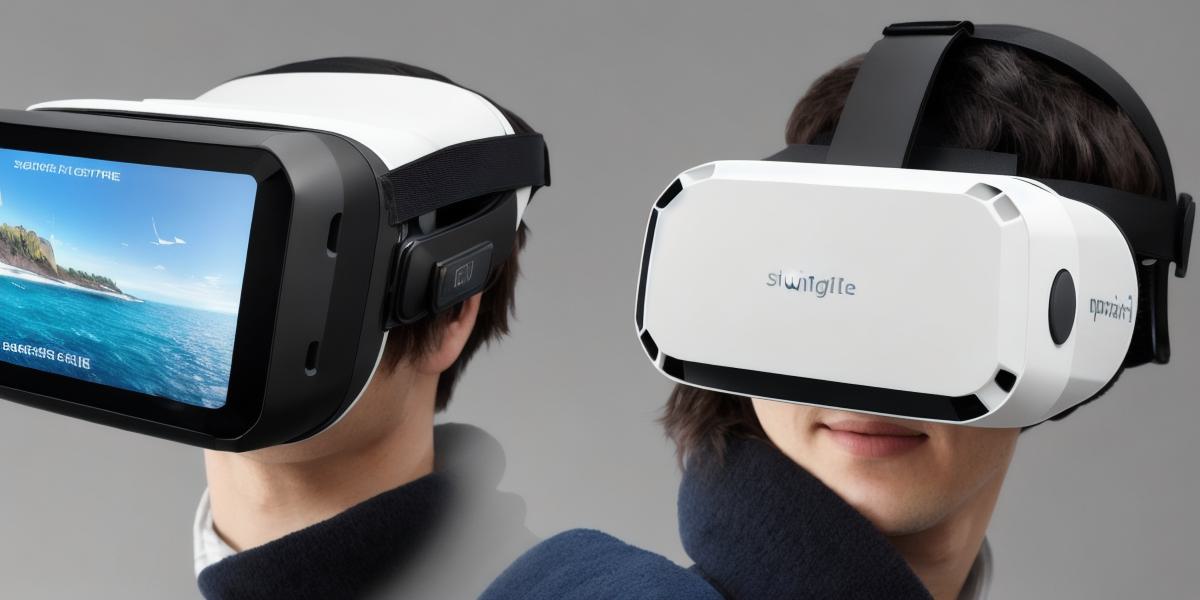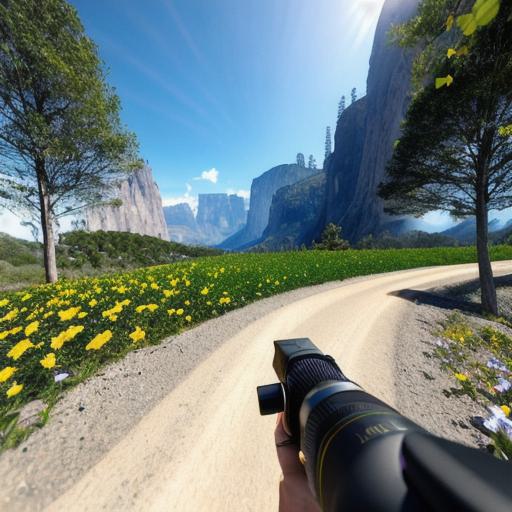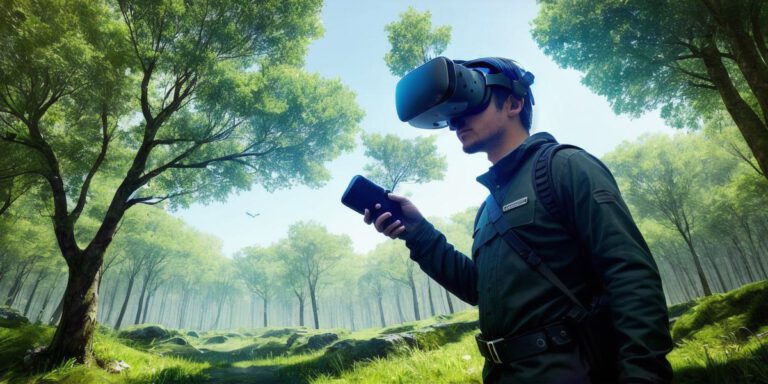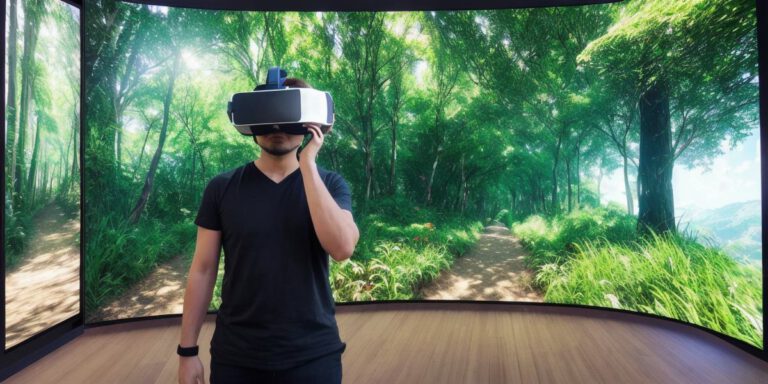Can We See 3D in VR? Benefits, Limitations, Future Developments

Virtual reality (VR) technology has come a long way since its inception, and one of the most exciting aspects of this technology is its ability to create immersive and interactive experiences. But when it comes to visual perception, VR still lags behind other forms of media. Can we see 3D in VR, and if so, what are the benefits and limitations of doing so?
One of the biggest challenges with seeing 3D in VR is that our eyes perceive depth differently than a camera does. While a camera captures depth information using stereoscopic imaging, our eyes use monocular cues to create a sense of depth. This means that when we view a 3D object in VR, our brain has to interpret the data and adjust for the differences in perspective between our eyes.
Despite these challenges, there are some ways to improve our ability to see 3D in VR. For example, researchers have developed techniques such as foveated rendering, which focuses high-resolution rendering on the area where our eyes are fixating, and depth cues such as parallax and motion blur, which can help our brains create a more accurate sense of depth.
One of the main benefits of seeing 3D in VR is that it can enhance our sense of immersion. When we see objects in 3D, we feel like we are actually present in the environment, which can be especially useful for training simulations and other applications where a high level of realism is necessary. Additionally, seeing 3D objects can help us better understand complex shapes and structures, making it easier to visualize and manipulate them.
However, there are also some limitations to seeing 3D in VR. One major limitation is that our brains still struggle to interpret depth information accurately, which can lead to disorientation and motion sickness in some people. Additionally, creating high-quality 3D content for VR can be expensive and time-consuming, which limits the availability of this technology.
Despite these challenges, the future of seeing 3D in VR looks promising. As technology continues to improve, we can expect to see more realistic and immersive 3D experiences in a variety of applications. Additionally, advances in haptic feedback technology may allow us to feel objects in 3D, further enhancing our sense of presence in virtual environments.
In conclusion, seeing 3D in VR is an exciting area of research and development. While there are still challenges to overcome, the potential benefits of this technology make it worth exploring. As virtual reality continues to evolve, we can expect to see more immersive and interactive experiences that push the boundaries of what is possible in a digital world.
FAQs:
Q: What is foveated rendering?
A: Foveated rendering is a technique used in VR to focus high-resolution rendering on the area where our eyes are fixating, improving our ability to see 3D objects in more detail.
Q: Why does motion sickness occur when viewing 3D in VR?
A: Motion sickness can occur when our brains struggle to interpret depth information accurately, leading to disorientation and nausea.

Q: What is haptic feedback technology?
A: Haptic feedback technology allows us to feel objects in virtual environments, enhancing our sense of presence and immersion.








